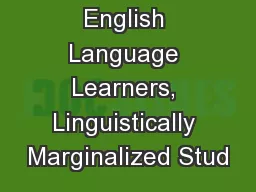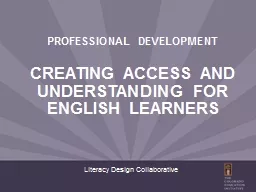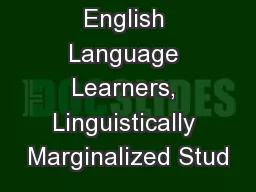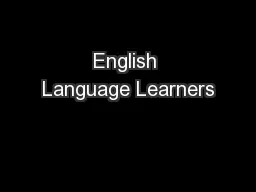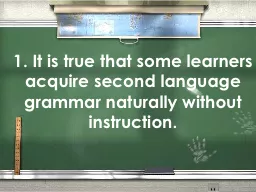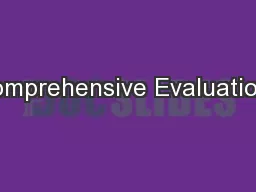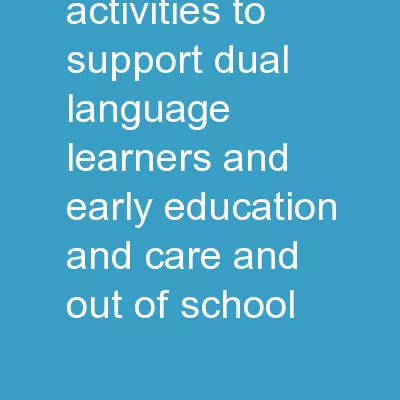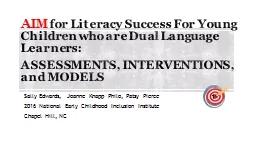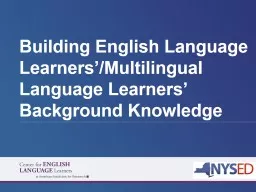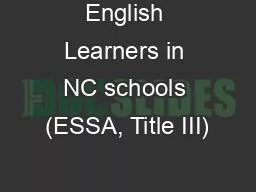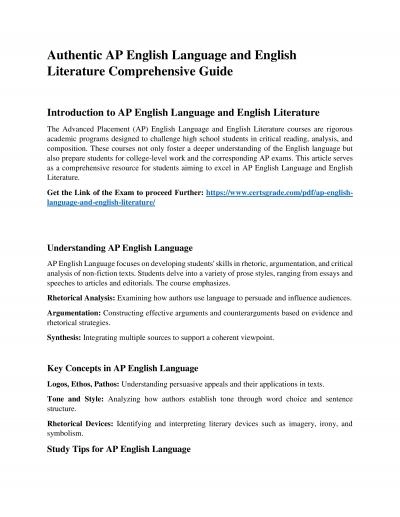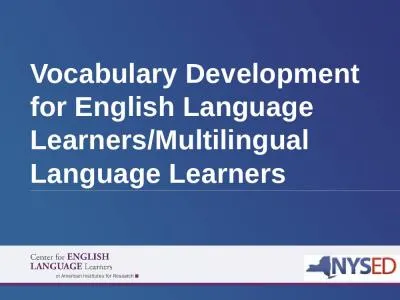PPT-English Language Learners, Linguistically Marginalized Stud
Author : marina-yarberry | Published Date : 2017-06-13
Classroom Grades 612 ELA II Day 4 Winter 2017 Agenda Keynote Debrief Setting up the Day norms and reflection Text and Task Complexity Setting up the Non Negotiables
Presentation Embed Code
Download Presentation
Download Presentation The PPT/PDF document "English Language Learners, Linguisticall..." is the property of its rightful owner. Permission is granted to download and print the materials on this website for personal, non-commercial use only, and to display it on your personal computer provided you do not modify the materials and that you retain all copyright notices contained in the materials. By downloading content from our website, you accept the terms of this agreement.
English Language Learners, Linguistically Marginalized Stud: Transcript
Download Rules Of Document
"English Language Learners, Linguistically Marginalized Stud"The content belongs to its owner. You may download and print it for personal use, without modification, and keep all copyright notices. By downloading, you agree to these terms.
Related Documents

